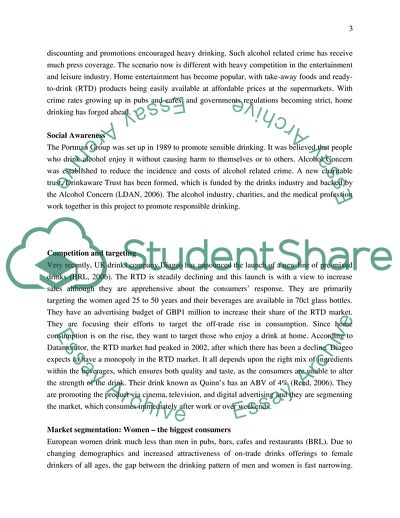Cite this document
(The UK Alcoholic Drinks Market Report Example | Topics and Well Written Essays - 1750 words - 18, n.d.)
The UK Alcoholic Drinks Market Report Example | Topics and Well Written Essays - 1750 words - 18. https://studentshare.org/marketing/1704765-marketing
The UK Alcoholic Drinks Market Report Example | Topics and Well Written Essays - 1750 words - 18. https://studentshare.org/marketing/1704765-marketing
(The UK Alcoholic Drinks Market Report Example | Topics and Well Written Essays - 1750 Words - 18)
The UK Alcoholic Drinks Market Report Example | Topics and Well Written Essays - 1750 Words - 18. https://studentshare.org/marketing/1704765-marketing.
The UK Alcoholic Drinks Market Report Example | Topics and Well Written Essays - 1750 Words - 18. https://studentshare.org/marketing/1704765-marketing.
“The UK Alcoholic Drinks Market Report Example | Topics and Well Written Essays - 1750 Words - 18”. https://studentshare.org/marketing/1704765-marketing.


